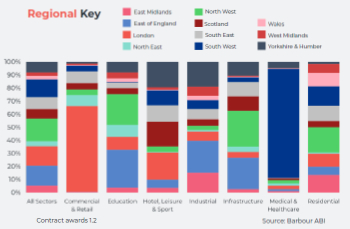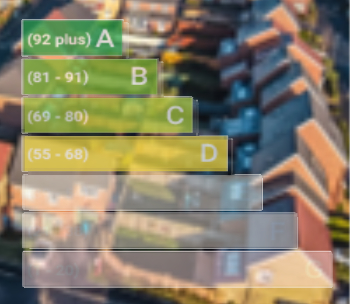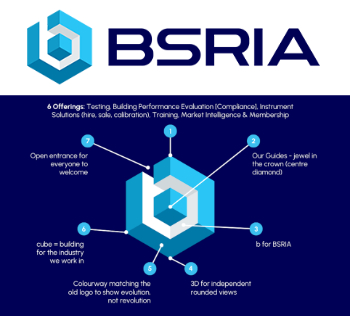Tender submission
Contents |
[edit] Introduction
A tender is a submission made by a prospective supplier in response either to an invitation to tender (ITT) or in response to an open tender. Tenders make an offer to supply goods or services. They will include the price for supplying the goods or services along with proposals for how the client's requirements will be satisfied – if these have been requested.
[edit] Conditions of tender submissions
Clients may impose conditions on tenderers, for example:
- To avoid restricting competition (and price fixing), tenderers may have to warrant that the prices in the tender have been arrived at independently without consultation with other tenderers;
- Prices may be submitted separately from other tender information.
- The tenderer may not directly or indirectly disclosed prices to other tenderers;
- The tenderer will not in any way try to influence other parties (individuals or firms) to either submit or not submit a tender in order to restrict competition to their advantage.
- Non-compliant tenders may be permitted, or only permitted if accompanied by a compliant tender.
- Prices may have to be broken down in a particular way to allow easy comparison with other tenders.
- Some sub-contractors or suppliers may be imposed by the cleint.
The precise content of tenders will vary considerably depending on the procurement route, however, they might include:
- A tender return slip, with details of the contract, including information such as return address and tender checklist;
- A completed tender pricing document (or contract sum analysis on design and build projects);
- Schedules of rates;
- An initial construction phase plan;
- Any design proposals or method statements that have been requested;
- Programme;
- Procedures to be adopted, such as procurement procedures and cost management procedures;
- Demonstration of capability, for example design capability, systems used etc;
- A BIM execution plan – if building information modelling is being used;
- Key project personnel, which may require submission of CVs;
- Management organisation;
- Plant and labour resources and availability;
- Prior experience, and
- References.
[edit] Getting it right
Tender submission is a process governed by a strict set of rules and requirements, some of which may seem basic but are nevertheless crucial. Failure to abide by these requirements may result in a failed tender. Some basic points to watch include:
- Ensuring the submission is not late;
- Ensuring information asked for is not missing;
- Ensuring everything is in the required format;
- Avoiding spelling and grammatical mistakes;
- Fully understanding the client’s requirements and specification, and
- Understanding obligations.
For more information see: Common mistakes in construction tenders.
[edit] Related articles on Designing Buildings Wiki
Featured articles and news
Spring Statement 2025 with reactions from industry
Confirming previously announced funding, and welfare changes amid adjusted growth forecast.
Scottish Government responds to Grenfell report
As fund for unsafe cladding assessments is launched.
CLC and BSR process map for HRB approvals
One of the initial outputs of their weekly BSR meetings.
Architects Academy at an insulation manufacturing facility
Programme of technical engagement for aspiring designers.
Building Safety Levy technical consultation response
Details of the planned levy now due in 2026.
Great British Energy install solar on school and NHS sites
200 schools and 200 NHS sites to get solar systems, as first project of the newly formed government initiative.
600 million for 60,000 more skilled construction workers
Announced by Treasury ahead of the Spring Statement.
The restoration of the novelist’s birthplace in Eastwood.
Life Critical Fire Safety External Wall System LCFS EWS
Breaking down what is meant by this now often used term.
PAC report on the Remediation of Dangerous Cladding
Recommendations on workforce, transparency, support, insurance, funding, fraud and mismanagement.
New towns, expanded settlements and housing delivery
Modular inquiry asks if new towns and expanded settlements are an effective means of delivering housing.
Building Engineering Business Survey Q1 2025
Survey shows growth remains flat as skill shortages and volatile pricing persist.
Construction contract awards remain buoyant
Infrastructure up but residential struggles.
Warm Homes Plan and existing energy bill support policies
Breaking down what existing policies are and what they do.
A dynamic brand built for impact stitched into BSRIA’s building fabric.





















